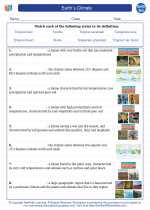Plate Tectonics
Plate tectonics is the scientific theory that explains the movement and interactions of the Earth's lithospheric plates. The Earth's lithosphere is divided into several large and small tectonic plates that float on the semi-fluid asthenosphere beneath them. The theory of plate tectonics helps to explain the formation of mountains, earthquakes, volcanoes, and the distribution of various geological features on our planet.
Key Concepts
- Lithospheric Plates: The Earth's outer shell is divided into several large and small tectonic plates that move and interact with each other.
- Plate Boundaries: These are the areas where two tectonic plates meet. There are three main types of plate boundaries: divergent, convergent, and transform boundaries.
- Seafloor Spreading: This process occurs at mid-ocean ridges where new oceanic crust is formed as tectonic plates move apart.
- Subduction Zones: These are areas where one tectonic plate is forced beneath another into the mantle. This process is responsible for the formation of deep ocean trenches and volcanic arcs.
- Continental Drift: The movement of continents over time due to the motion of tectonic plates.
- Geological Features: Plate tectonics is responsible for the formation of various geological features such as mountains, volcanoes, and rift valleys.
Study Guide
When studying plate tectonics, it is important to understand the different types of plate boundaries and the geological features associated with each. Make sure to review the processes of seafloor spreading, subduction, and continental drift, and how they contribute to the movement of the Earth's lithospheric plates. Additionally, familiarize yourself with the major tectonic plates and their interactions, as well as the distribution of earthquakes and volcanoes around the world.
It can also be helpful to study specific examples of geological features and events related to plate tectonics, such as the formation of the Himalayas, the Pacific Ring of Fire, and the Mid-Atlantic Ridge. Understanding the historical development of the plate tectonics theory and the scientists involved in its formulation can provide valuable context for your studies.
Finally, practicing with maps and diagrams illustrating plate boundaries, tectonic plate movements, and associated geological features can reinforce your understanding of this complex and fascinating topic.
[Plate Tectonics] Related Worksheets and Study Guides:
.◂Earth Science Worksheets and Study Guides High School. Earth`s Climate
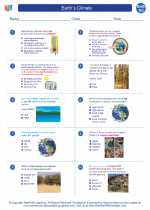
 Worksheet/Answer key
Worksheet/Answer key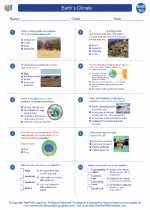
 Worksheet/Answer key
Worksheet/Answer key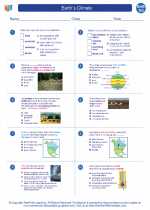
 Vocabulary/Answer key
Vocabulary/Answer key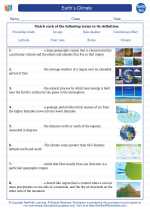
 Vocabulary/Answer key
Vocabulary/Answer key
 Vocabulary/Answer key
Vocabulary/Answer key